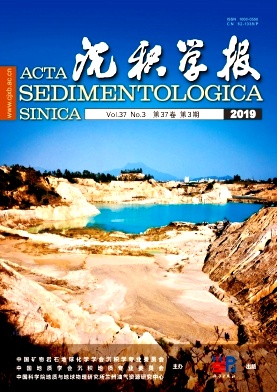The Role of Gravel in Analyzing on the Relationship between Fan Deltas and Lake Shorelines in a Lacustrine Basin: Case study of the Baikouquan Formation around the Mahu Depression in Xinjiang
doi: 10.14027/j.issn.1000-0550.2019.005
- Received Date: 2018-12-25
- Rev Recd Date: 2019-01-24
- Publish Date: 2019-06-10
-
Key words:
- gravels /
- fan delta /
- sedimentary source area /
- lake shoreline migration /
- Baikouquan Formation
Abstract: We examine the relationship between gravel and transport distance in the modern Qingshuihe delta plain, north of Bosteng Lake, as well as the relationship between gravel development and the shoreline in fan deltas. We determine the geological parameters and reconstruct the ancient lake shoreline based on similarity analysis of the tectonic setting, climate, fan delta along length, sedimentary slope, and gravel composition of modern and ancient fan deltas. The distance from the sedimentary source to the lake is less than ca 32 km, and the gravel diameter is ca 2.9 cm on the shoreline. The early fan delta occurs in the middle of the Mahu Depression, in the first section of the Baikouquan Formation, and reservoirs developed in this area. There are more than two occurrences of lake level rise in the second section of the Baikouquan Formation. The largest lake area is in the third section of the Baikouquan Formation, and we examine its palaeogeography characteristics. We show the important role that gravel can play in analyzing the relationship between fan deltas and lake shorelines in a lacustrine basin.
| Citation: | GAO ZhiYong, SHI YuXin, ZHOU ChuanMin, FENG JiaRui, ZHAI YiCheng, FAN XiaoRong. The Role of Gravel in Analyzing on the Relationship between Fan Deltas and Lake Shorelines in a Lacustrine Basin: Case study of the Baikouquan Formation around the Mahu Depression in Xinjiang[J]. Acta Sedimentologica Sinica, 2019, 37(3): 550-564. doi: 10.14027/j.issn.1000-0550.2019.005 |






 DownLoad:
DownLoad: